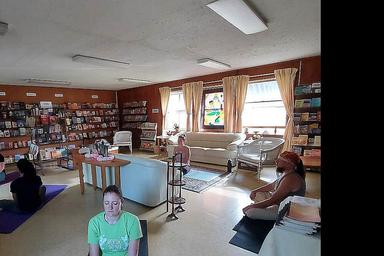
Comparing the Cost of Medical Treatment in India Versus Bangladesh
13 Apr, 2023
 Healthtrip Team
Healthtrip TeamMedical treatment is an essential aspect of human life, and it is a basic need that every individual must have access to. It is no secret that healthcare costs have been rising globally, and access to affordable medical care is a growing concern for many people. In this blog, we will compare the cost of medical treatment in India and Bangladesh, two neighboring countries in South Asia, to help readers understand the cost differences and factors that influence healthcare expenses in these countries.
India and Bangladesh have a significant difference in population size, with India having a population of over 1.3 billion, while Bangladesh's population is around 164 million. However, both countries share a similar history, and culture, and have several commonalities. When it comes to medical treatment costs, both countries have a range of factors that influence the costs. These factors include government policies, infrastructure, technology, and the availability of medical personnel, among others.
Most popular procedures in India
In India, the healthcare system is primarily divided into two sectors: public and private. The public sector provides medical services at a subsidized cost for Indian nationals, while the private sector is more expensive, catering to the affluent population. In contrast, Bangladesh has a public healthcare system, and private hospitals are limited, catering mostly to high-income individuals. This difference in the healthcare sector's structure could affect the cost of medical treatment in both countries.
Cost of Medical Treatment in India
India is a popular destination for medical tourism, attracting millions of visitors every year due to its affordable healthcare system. The cost of medical treatment in India is relatively low compared to other developed countries, and the country has a vast network of hospitals and healthcare facilities, both public and private. However, the cost of medical treatment in India varies widely based on the city, the type of treatment required, and the hospital's reputation.
Wellness Treatments
Give yourself the time to relax
Lowest Prices Guaranteed!

Lowest Prices Guaranteed!
For example, in Mumbai, a standard hospital room can cost between USD 20 to USD 90 per day, while in Delhi, the cost could range from USD 13 to USD 60 per day. For cardiac bypass surgery, the cost could range from USD 3,660 to USD 7,318 in a private hospital, while in a government hospital, the cost is subsidized, and the patient may not have to pay for the treatment.
In India, the cost of medical treatment is lower in public hospitals compared to private hospitals. The government subsidized medical treatment costs in public hospitals, making healthcare more accessible to the low-income population. However, public hospitals are often overcrowded, and the quality of medical care may not be as high as in private hospitals.
In private hospitals, the cost of medical treatment in India can be quite high, especially for specialized treatments or surgeries. For example, a liver transplant in a private hospital could cost between USD 24,396 to USD 36,596 while the same procedure in a public hospital may not cost anything or may be subsidized.
Overall, the cost of medical treatment in India is relatively low compared to developed countries like the US or the UK. However, the cost varies widely based on the type of treatment required, the hospital's reputation, and the city. In general, medical treatment costs are lower in public hospitals compared to private hospitals. However, it is important to note that international patients can get medical treatment in private hospitals only.
Cost of Medical Treatment in Bangladesh
Bangladesh has a public healthcare system, and medical treatment costs are subsidized by the government, making healthcare more affordable for the low-income population. However, the quality of medical care in public hospitals may not be as high as in private hospitals, and patients often have to deal with long waiting times and overcrowded hospitals.
The cost of medical treatment in private hospitals in Bangladesh is significantly higher compared to public hospitals. Private hospitals in Bangladesh cater mostly to high-income individuals and offer specialized medical treatment Services that are not available in public hospitals. However, the cost of medical treatment in private hospitals is still relatively low compared to developed countries like the US or the UK.
In Bangladesh, the cost of medical treatment also varies widely based on the city and the hospital's reputation. For example, in Dhaka, the cost of a standard hospital room could range from USD 13 to USD 92 per day, while in Chittagong; the cost could range from USD 5 to USD 23 per day. For a heart bypass surgery, the cost could range from USD 2,789 to USD 7,438 in a private hospital, while the same procedure in a public hospital may not cost anything or may be subsidized.
In Bangladesh, the government has taken several initiatives to improve the quality of medical care in public hospitals and make healthcare more accessible to the low-income population. For example, the government has introduced telemedicine services, where patients in rural areas can consult with doctors in urban areas via video conferencing. The government has also launched several health insurance schemes to provide financial protection to the low-income population.
Factors Affecting the Cost of Medical Treatment in India and Bangladesh may include:
1. Government policies: Government policies play a crucial role in determining the cost of medical treatment in both countries. In India, the government subsidized medical treatment costs in public hospitals, making healthcare more accessible to the low-income population. In Bangladesh, the government subsidized medical treatment costs in public hospitals and has introduced several health insurance schemes to provide financial protection to the low-income population.
2. Infrastructure: The availability of medical infrastructure, such as hospitals, clinics, and medical equipment, also affects the cost of medical treatment. In India, the availability of medical infrastructure is higher compared to Bangladesh, and this could be one of the reasons why medical treatment costs are lower in India.
3. Technology: The use of advanced medical technology, such as robotic surgeries, MRI scans, and other diagnostic tools, also affects the cost of medical treatment. In general, the use of advanced medical technology is higher in India compared to Bangladesh, and this could be one of the reasons why medical treatment costs are lower in India.
4. Availability of medical personnel: The availability of medical personnel, such as doctors, nurses, and other healthcare workers, also affects the cost of medical treatment. In general, the availability of medical personnel is higher in India compared to Bangladesh, and this could be one of the reasons why medical treatment costs are lower in India.
Conclusion
In conclusion, the cost of medical treatment in India and Bangladesh is relatively low compared to developed countries like the US or the UK. However, the cost varies widely based on several factors, such as the type of treatment required, the hospital's reputation, the city, and the healthcare system's structure. In India, the healthcare system is divided into two sectors: public and private, while In Bangladesh, the healthcare system is primarily public.
Overall, both countries have taken several initiatives to improve the quality of medical care and make healthcare more accessible to the low-income population. However, more needs to be done to improve the quality of medical care in public hospitals and make healthcare more affordable for all. Governments in both countries should continue to invest in healthcare infrastructure, technology, and medical personnel to improve the quality of medical care and reduce healthcare costs.
Most popular wellness packages
Related Blogs
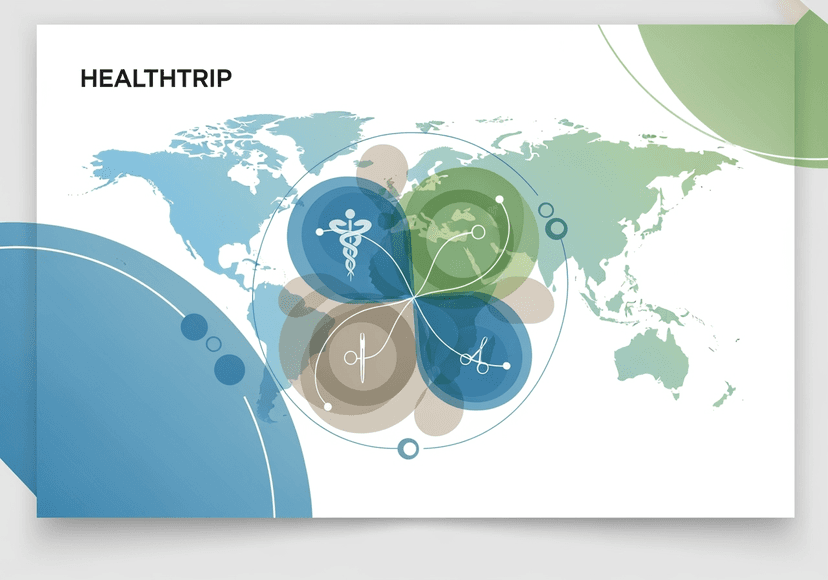
Healthtrip's Trusted Hospitals for International Plastic Surgery Patients
Detailed guide on plastic surgery, featuring doctors, hospitals, risks, recovery,
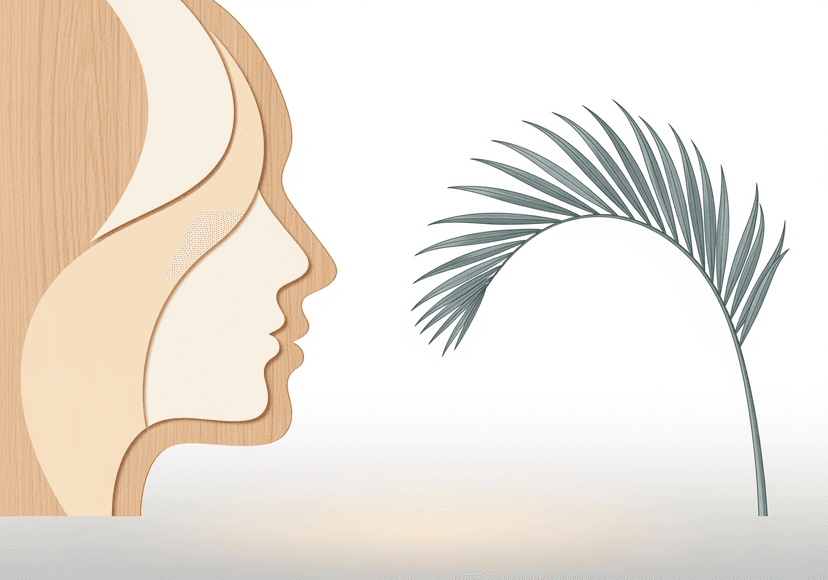
Who Should Consider Plastic Surgery? Healthtrip Expert Insights
Detailed guide on plastic surgery, featuring doctors, hospitals, risks, recovery,
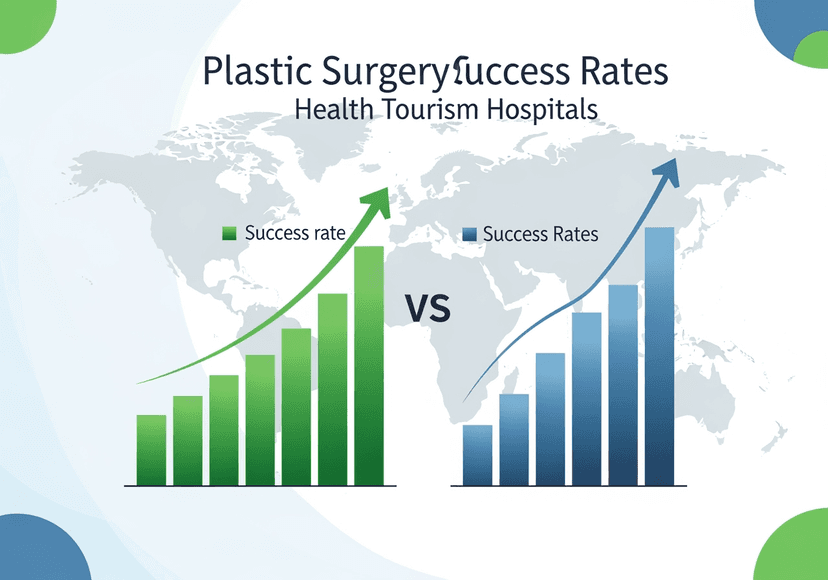
Comparing Success Rates of Plastic Surgery Across Healthtrip Hospitals
Detailed guide on plastic surgery, featuring doctors, hospitals, risks, recovery,

Latest Techniques Used for Plastic Surgery in India via Healthtrip
Detailed guide on plastic surgery, featuring doctors, hospitals, risks, recovery,
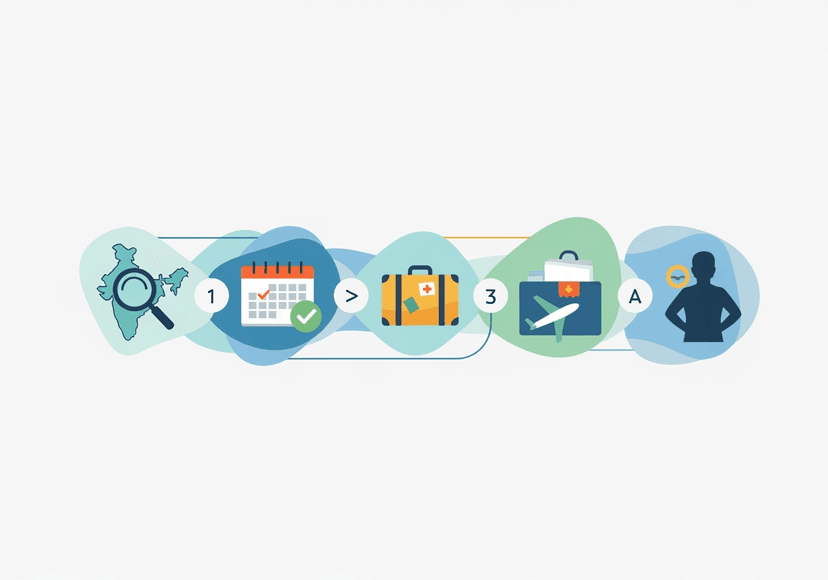
Healthtrip's Process for Booking Your Plastic Surgery in India
Detailed guide on plastic surgery, featuring doctors, hospitals, risks, recovery,
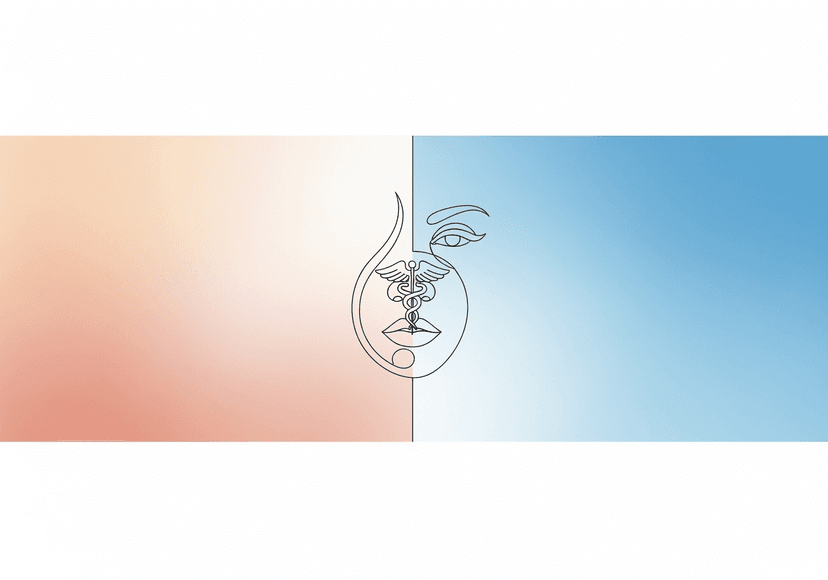
Best Doctors for Plastic Surgery in Top Healthtrip Hospitals
Detailed guide on plastic surgery, featuring doctors, hospitals, risks, recovery,







